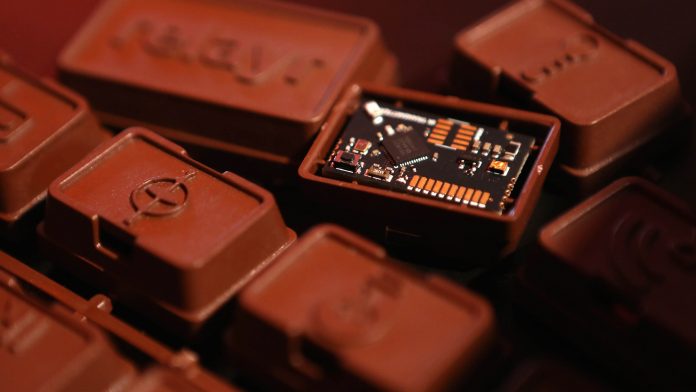When technology companies and communication service providers gather together at the Mobile World Congress (MWC) next week in Barcelona, don’t expect the latest bells-and-whistles of smartphones to stir much industry debate.
Smartphones are maturing.
In contrast, the Internet of Things (IoT) will still be hot. Fueling IoT’s continued momentum is the emergence of fully standardized NB-IoT, a new narrowband radio technology.
However, the market has passed its initial euphoria — when many tech companies and service providers foresaw a brave new world of everything connected to the Internet.
In reality, not everything needs an Internet connection, and not every piece of data – generated by an IoT device – needs a Cloud visit for processing, noted Sami Nassar, vice president of Cybersecurity at NXP Semiconductors.
For certain devices such as connected cars, “latency is a killer,” and “security in connectivity is paramount,” he explained. As the IoT market moves to its next phase, “bolting security on top of the Internet type of architecture” won’t be just acceptable, he added.
Looming large for the MWC crowd this year are two unresolved issues: the security and privacy of connected devices, according to Nassar.
GDPR’s Impact on IoT
Whether a connected vehicle, a smart meter or a wearable device, IoT devices are poised to be directly affected by the new General Data Protection Regulation (GDPR), scheduled to take effect in just two years –May 25, 2018.
Companies violating these EU privacy regulations could face penalties of up to 4% of their worldwide revenue (or up to 20 million euros).
In the United States, where many consumers willingly trade their private data for free goods and services, privacy protection might seem an antiquated concept.
Not so in Europe.
There are some basic facts about the GDPR every IoT designer should know.
If you think GDPR is just a European “directive,” you’re mistaken. This is a “regulation” that can take effect without requiring each national government in Europe to pass the enabling legislation.
If you believe GDPR applies to only European companies? Wrong again. The regulation also applies to organizations based outside the EU if they process the personal data of EU residents.
Lastly, if you suspect that GDPR will only affect big data processing companies such as Google, Facebook, Microsoft, and Amazon, you’re misled. You aren’t off the hook. Big data processors will be initially affected first in the “phase one,” said Nassar. Expect “phase two” [of GDPR enforcement] to come down on IoT devices, he added.
Of course, U.S. consumers are not entirely oblivious to their privacy rights. One reminder was the recent case brought against Vizio. Internet-connected Vizio TV sets were found to be automatically tracking what consumers were watching and transmitting the data to its servers. Consumers didn’t know their TVs were spying on them. When they found out, many objected.









